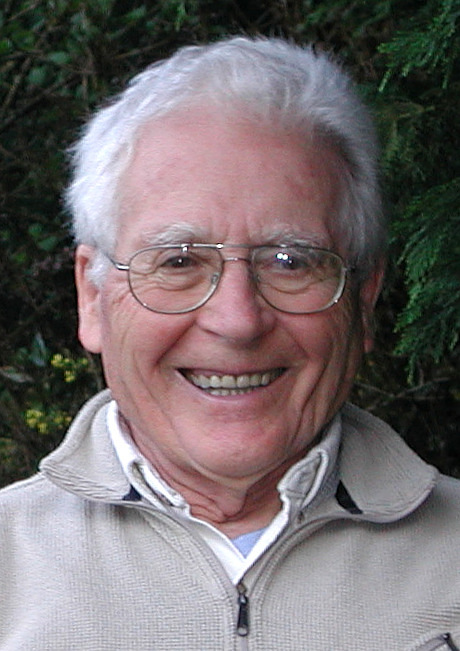Suggested Topics within your search.
Suggested Topics within your search.
civilizácia
2
Exclude matching results
životné prostredie
2
Exclude matching results
Zem
1
Exclude matching results
artificial intelligence
1
Exclude matching results
civilization
1
Exclude matching results
energetické zdroje
1
Exclude matching results
futurology
1
Exclude matching results
futurológia
1
Exclude matching results
geologický vývoj Zeme
1
Exclude matching results
globálne problémy
1
Exclude matching results
poškodenie životného prostredia
1
Exclude matching results
technological development
1
Exclude matching results
technologický rozvoj
1
Exclude matching results
umelá inteligencia
1
Exclude matching results
universe
1
Exclude matching results
vesmír
1
Exclude matching results
znečistenie prostredia
1
Exclude matching results
James Lovelock
 James Ephraim Lovelock (26 July 1919 – 26 July 2022) was an English independent scientist, environmentalist and futurist. He is best known for proposing the Gaia hypothesis, which postulates that the Earth functions as a self-regulating system.
James Ephraim Lovelock (26 July 1919 – 26 July 2022) was an English independent scientist, environmentalist and futurist. He is best known for proposing the Gaia hypothesis, which postulates that the Earth functions as a self-regulating system.With a PhD in the chemistry of disinfection, Lovelock began his career performing cryopreservation experiments on rodents, including successfully thawing and reviving frozen specimens. His methods were influential in the theories of cryonics (the cryopreservation of humans). He invented the electron capture detector and, using it, became the first to detect the widespread presence of chlorofluorocarbons in the atmosphere. While designing scientific instruments for NASA, he developed the Gaia hypothesis.
In the 2000s, he proposed a method of climate engineering to restore carbon dioxide–consuming algae. He was an outspoken member of Environmentalists for Nuclear Energy, asserting that fossil fuel interests have been behind opposition to nuclear energy, citing the effects of carbon dioxide as being harmful to the environment and warning of global warming due to the greenhouse effect. He wrote several environmental science books based upon the Gaia hypothesis from the late 1970s.
He also worked for MI5, the British security service, for decades. Bryan Appleyard, writing in ''The Sunday Times'', described him as "basically Q in the ''James Bond'' films". Provided by Wikipedia
-
1
-
2
-
3
-
4